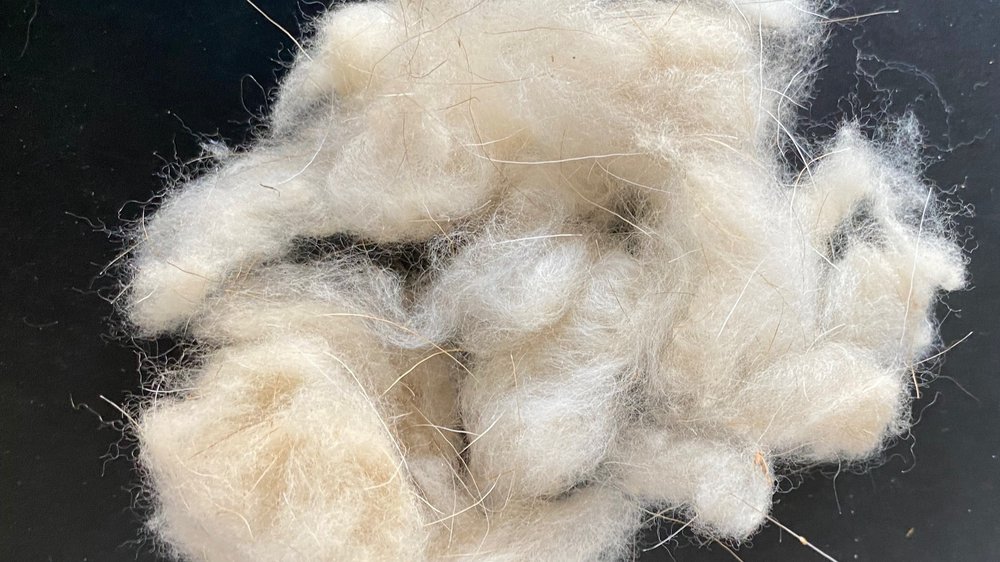What Is Cashmere and Why It’s Regarded One of the Softest Fabrics in the World
What Is Cashmere and Why It’s Regarded One of the Softest Fabrics in the World
Blog Article
Discovering the Numerous Kinds Of Cashmere a Natural Fiber for Ultimate High-end
Cashmere, a natural fiber, is often connected with high-end and convenience. The a lot more inexpensive Chinese cashmere, the conventional Scottish variation, and the premium Italian mix, all inform a various story of this amazing fiber.
Understanding the Glamorous Nature of Cashmere
Cashmere, usually connected with luxury and comfort, holds an one-of-a-kind appeal in the world of all-natural fibers. Unlike other all-natural fibers, cashmere combines insulation with breathability, using unmatched comfort throughout differing temperatures. Its lustrous surface and soft structure contribute to its high-end charm, warranting the costs rate that often comes with cashmere garments.
Just What Is Cashmere and Where Does It Originate from?

Provided these extraordinary high qualities, one might question the beginning and makeup of this luxurious fiber. Cashmere is stemmed from the soft undercoat of cashmere goats, primarily found in Mongolia, China, Iran, and Afghanistan - is cashmere a natural fiber. These goats are adapted to extreme climatic conditions, generating an incredibly fine, soft underfur as a protection versus the bitter cold. This underfur, or undercoat, is what is collected for cashmere. Each springtime, when the goats naturally lost their winter layer, farmers comb out the great underhair, leaving the coarser hair behind. This meticulous procedure adds to the deficiency and high cost of cashmere. With its origin in the severe landscapes of Asia, cashmere is a testimony to nature's ability to create high-end from hardship.
Translating the Various Types of Cashmere
Understanding the various kinds of cashmere is essential to appreciating the high quality and special features of this glamorous textile. Generally, cashmere is categorized into three types: raw, virgin, and recycled. Raw cashmere is straight gotten from the goat and is unrefined. This type commonly contains contaminations such as dust and rugged hair. Virgin cashmere, on the various other hand, is the pure, unrecycled product that is rotated right into yarn for the initial time. It is the softest and most elegant. Recycled cashmere is made from virgin product that has been formerly utilized. It is re-spun and utilized in generating lower-cost cashmere items. Deciphering these kinds is the first action in comprehending the exclusivity and value of cashmere.

The Special Qualities of Each Kind Of Cashmere
Having actually discovered the different classifications of cashmere, it becomes noticeable that each type boasts its distinct collection of attributes. Mongolian cashmere, for instance, is renowned for its remarkable high quality, due to Mongolia's extreme winter seasons that generate longer and finer fibers. Conversely, Chinese cashmere is usually more inexpensive, though its much shorter fibers can minimize toughness.
Why Cashmere Is the Embodiment of Deluxe in vogue
Cashmere holds a renowned placement in the globe of fashion, considered as a sign of deluxe and sophistication. Its attraction is not just in its gentleness and heat, yet likewise in its rarity and the precise procedure associated with its purchase. Cashmere is derived from the fine undercoat of Himalayan goats, known for their remarkable high quality fiber. The scarcity of this fiber, combined with the labor-intensive procedure of collection, adds to its high rate and exclusive condition. Cashmere's exceptional comfort and durability make it a popular product in the production of high-end garments. Its all-natural light-weight and insulating buildings include to its worth, making it the epitome of luxury in fashion.
The Process of Making Cashmere: From Goat to Garment
The journey of cashmere, from being an undercoat of a Himalayan goat to a luxurious garment, is official site an elaborate one. With the introduction of springtime, farmers in Mongolia and these details China collect the wool by combing the goats, making certain no harm is done. The obtained wool includes crude outer hair and soft downy undercoat. This mix is then painstakingly separated, with only the soft down made use of for cashmere. This raw cashmere is cleaned, dyed and rotated into thread. The yarn is then woven or knitted into textiles. The last step entails pressing and cleaning to provide the fabric its particular soft qualities and heat. From goat to garment, each action is a testament to the virtuosity, patience and ability included in crafting cashmere.

Verdict
In verdict, cashmere, with its natural elegance and unrivaled comfort, rules supreme worldwide of deluxe style. The variety in types, varying from the soft Mongolian, lightweight Indian Pashmina, affordable Chinese, traditional Scottish, to the vibrant Italian, exposes read this post here the adaptability of this natural fiber. The scrupulous process of transforming it from a goat to a garment additionally includes in its exclusivity, making cashmere the embodiment of sophistication and deluxe.
Cashmere, a natural fiber, is often linked with luxury and comfort (is cashmere a natural fiber).Cashmere, commonly connected with high-end and convenience, holds a special attraction in the world of natural fibers. Unlike other natural fibers, cashmere combines insulation with breathability, offering unparalleled convenience throughout differing temperature levels. Cashmere is obtained from the soft undercoat of cashmere goats, primarily found in Mongolia, China, Iran, and Afghanistan. Cashmere is derived from the great undercoat of Himalayan goats, known for their remarkable quality fiber
Report this page